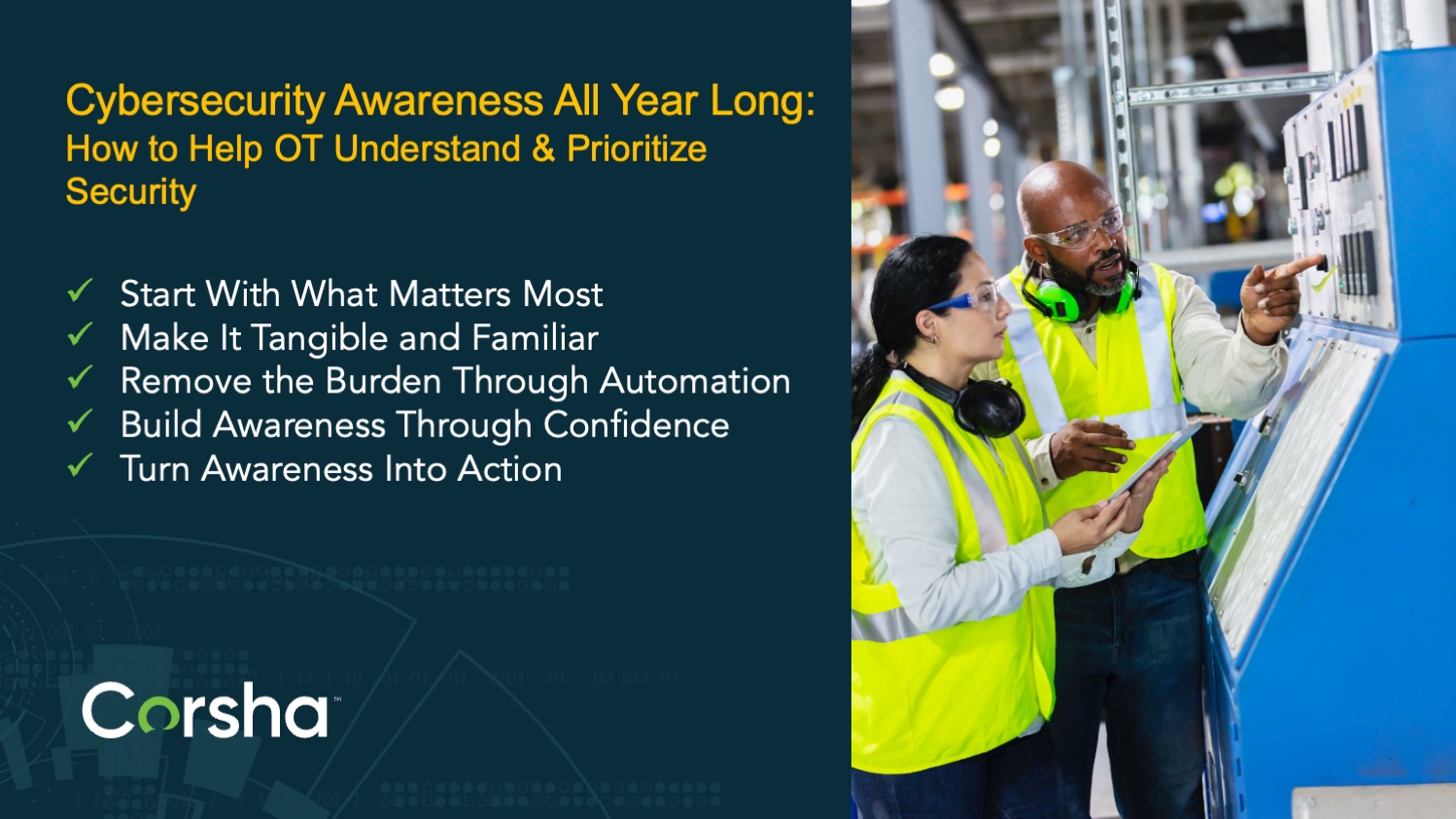Understanding X.509 Certificates in TLS and mTLS
Transport Layer Security (TLS) and its enhanced version, Mutual TLS (mTLS), are foundational in securing network communications. At the heart of these protocols are X.509 certificates, which authenticate identities and enable encrypted connections. However, managing the lifecycle of these certificates is cumbersome, error-prone, and tricky to debug. This guide will explore the types of X.509 Certificates and their role in TLS and mTLS handshakes, as well as detail the key advantages and disadvantages of using these protocols in your network infrastructure.
Types of X.509 Certificates
X.509 certificates are classified into different types based on their role in the certificate hierarchy or chain of trust:
-
Root Certificate Authorities (Root CAs): are the topmost public key infrastructure (PKI) hierarchy entities. Root CAs are self-signed and serve as the ultimate source of trust. The security of the entire PKI system depends on the trustworthiness and security of the root CA's private key, which is typically kept offline to prevent compromise. A few examples of publicly well-known issuers who operate as certificate authorities are Digicert, GlobalSign, Let’s Encrypt, and VeriSign.
-
Intermediate Certificate Authorities (Intermediate CAs): Intermediate CAs are subordinate to root CAs and are used to create a chain of trust. They inherit trust from the root CA and sign certificates for lower-level CAs or end-entities. A hierarchical approach limits the risk exposure if an intermediate CA's private key is compromised, as it doesn't directly compromise the root CA.
-
End-Entity Certificates (Leaf Certificates): These certificates are issued to end-entities such as websites, email servers, or individuals and are commonly referred to as client or server certificates. These certificates are the final link in the chain of trust and are used to authenticate the entity's identity and establish secure, encrypted communications. Most users encounter these certificates as SSL/TLS certificates when accessing secure websites.
Each type of certificate serves a distinct purpose in establishing and maintaining a secure, trustworthy PKI environment. Root and intermediate CAs build the foundation of trust, while end-entity certificates ensure secure and authenticated communications at the endpoint level. Understanding these types helps comprehend the overall structure and functioning of PKI systems, which is critical for managing and troubleshooting certificates effectively.
Key Components of X.509 Certificates
X.509 Certificates are digital documents verifying entities' identity in a network. Key components include the Subject, identifying the certificate holder, and the Issuer, indicating the issuing authority. The Common Name provides a unique hostname for each certificate issued by a particular CA. Critical extensions, like Subject Alternative Name (SAN), allow for multiple domain names to be secured with a single certificate, while Key Usage defines the purposes for which the certificate may be used, such as digital signatures or key encipherment.
Additionally, X.509 certificates also include a Serial Number, which uniquely identifies each certificate issued by the CA. The Validity Period defines the time frame during which the certificate is valid, ensuring that expired certificates are no longer trusted. The Issuer's Digital Signature also provides cryptographic proof that a trusted authority issued the certificate.
Certificates may also include Revocation Information to allow clients to verify if the certificate has been revoked using mechanisms like the Certificate Revocation List (CRL) or Online Certificate Status Protocol (OCSP). These components add identity verification and encryption in TLS and mTLS.
In TLS and mTLS, X.509 certificates establish a chain of trust starting from a trusted root CA, possibly including intermediate CAs, and ending with the end-entity certificate. This hierarchy ensures that if the root CA and intermediate CAs are trusted, the end-entity certificate can also be trusted, provided it has not been tampered with, has expired, or is part of a CRL.
Uses of X.509 Certificates
X.509 Certificates are widely used across digital security applications due to their role in establishing trust and encrypting communications. Some common uses include:
-
Website Security (HTTPS): X.509 certificates are foundational to HTTPS, encrypting data between web browsers and servers to protect users' information.
-
Email Security (S/MIME): Certificates encrypt emails and verify the sender’s identity, ensuring confidentiality and authenticity in email communication.
-
Client Authentication: In mutual authentication scenarios, X.509 certificates verify the identities of both client and server, as in mTLS.
-
Code Signing: Developers sign software with X.509 certificates to verify its source and integrity, protecting users from tampered or malicious code.
-
VPN Security: Certificates can be used to authenticate users and devices within Virtual Private Networks (VPNs), securing remote access to corporate networks.
These uses highlight X.509 Certificates' versatility in ensuring secure, authenticated communications, making them indispensable in protocols like TLS and mTLS.
TLS and mTLS Handshake Flows
TLS
The TLS handshake is critical in establishing a secure communication channel between a client and a server. During this handshake, the server and client exchange X.509 certificates to authenticate each other's identities. The server presents its certificate to the client, which checks its validity, typically ensuring that it is signed by a trusted Certificate Authority (CA) and that the certificate is not expired or revoked. This step assures the client that it communicates with the intended server and not an imposter.
Once the server's certificate is verified, the client and server negotiate encryption algorithms and securely share cryptographic keys, which are used to encrypt the data transmitted between them. This encrypted channel ensures that sensitive information, such as login credentials, personal data, and financial transactions, is protected from eavesdropping and tampering by unauthorized parties. The security and reliability of this encrypted communication are fundamental to many online services, from e-commerce to online banking.
Refer to the TLS v1.3 specification (RFC 8446) for a more detailed understanding of the TLS handshake process and the specific enhancements introduced in TLS v1.3, including reduced latency and improved security. This document provides comprehensive details on the protocol's workings, including the cryptographic principles behind the handshake and the methods used to protect data in transit.
How it works: The TLS Handshake
-
Client says hello to the Server
-
Often, if the client does not receive a response from the Server, the issue likely stems from a DNS resolution failure or a missing entry in the Client’s tables.
-
-
Server says hello to the Client
-
If this step fails, the Client will likely disconnect prematurely.
-
-
Server presents its X.509 server certificate to the Client
-
An error here likely indicates a protocol or TLS spec mismatch.
-
-
Client validates the Server certificate’s issuer against a list of known trusted CAs maintained by the Client’s OS
-
Frequently, the error X509_V_ERR_UNABLE_TO_GET_ISSUER_CERT may appear. This indicates that the CA who issued the Server’s certificate is not stored within the OS' default trust store. To remediate this, the Client must add that Server certificate’s CA.
-
-
The Client and Server communicate over an encrypted channel using the Server’s X.509 certificate.
∗ Diagram adapted from Cloudflare
Key Benefits of TLS
-
Data Encryption
-
TLS encrypts data in transit, ensuring that sensitive information, such as personal details, passwords, and credit card numbers, cannot be easily intercepted or read by unauthorized parties. This encryption protects against eavesdropping, where attackers attempt to intercept and modify data.
-
-
Authentication
-
TLS ensures the server is legitimate, preventing users from unknowingly connecting to malicious or fraudulent servers. This authentication is typically achieved through digital certificates issued by trusted Certificate Authorities (CAs).
-
-
Data Integrity
-
TLS provides mechanisms to detect data tampering during transmission. It uses cryptographic hash functions to create message digests, ensuring that the data received is the same as the data sent. The connection can be terminated if any alteration is detected, and the compromised data can be discarded.
-
-
Confidentiality
-
By encrypting the data, TLS ensures that only the intended recipient can decrypt and access the information. This confidentiality is crucial for protecting sensitive communications, especially in industries that handle personal data, such as healthcare and finance.
-
-
Widely Supported and Trusted
-
TLS is a mature and well-supported protocol with widespread adoption across different platforms and devices. This universal support makes it a reliable choice for securing internet communications. Additionally, TLS protocols are regularly updated to address new security vulnerabilities, ensuring ongoing protection against emerging threats.
-
Key Challenges of TLS
-
Expired Certificates
-
Expired certificates are among the most common causes of TLS failures, leading to service interruptions and security risks. Automated certificate renewal systems can help prevent these issues.
-
-
Weak or Deprecated Cipher Suites
-
Weak cipher suites weaken the security of TLS connections, leaving them vulnerable to attacks like BEAST or POODLE. Ensure only modern, secure cipher suites like AES and ChaCha20 are enabled.
-
-
Improper Certificate Chain
-
A certificate chain must include all intermediate certificates between the server’s certificate and a trusted root. Missing an intermediate certificate can cause trust issues and connection failures.
-
-
Mismatched Domain Name (CN or SAN)
-
A mismatched common name (CN) or subject alternative name (SAN) in a certificate results in 'common name invalid' errors. Ensure the certificate's name aligns with the server’s domain.
-
-
Incorrect TLS Version Support
-
Older TLS versions, such as 1.0 and 1.1, have known vulnerabilities. Servers should be configured only to allow TLS 1.2 and 1.3 to maintain secure communications.
-
mTLS
mTLS enhances the standard TLS protocol by requiring both the server and the client to present certificates during the handshake process, enabling mutual authentication. While standard TLS verifies only the server's identity to the client, mTLS extends this verification to include the client's identity, creating a bidirectional trust mechanism.
This mutual authentication is especially critical in scenarios where both parties need to ensure the authenticity of the other, such as in secure APIs, financial transactions, and internal communications within an organization. For example, in a microservices architecture, mTLS can secure interactions between services, ensuring that only authorized entities can communicate and preventing unauthorized access and data breaches.
For more technical details on implementing mutual authentication in HTTP, refer to the Mutual Authentication Protocol for HTTP RFC 8120. This document provides guidelines and standards for secure and interoperable implementations, ensuring robust security in Internet communications.
How it works: the mTLS Handshake
-
Client says hello to the Server:
-
Often, if the client does not receive a response from the Server, the issue likely stems from a DNS resolution failure or missing entry in the Client’s iptables.
-
-
Server says hello to the Client:
-
If this step fails, the Client will likely disconnect prematurely.
-
-
Server presents its X.509 server certificate to the Client:
-
An error here likely indicates a protocol or TLS spec mismatch
-
-
Client validates the Server certificate’s issuer against a list of known trusted CAs maintained by the Client’s OS:
-
Frequently, the error X509_V_ERR_UNABLE_TO_GET_ISSUER_CERT may appear. This indicates that the CA who issued the Server’s certificate is not stored within the OS' default trust store. To remediate this, the Client must add that Server certificate’s CA.
-
-
Client presents its X.509 client certificate to the Server, encrypted using the Server’s X.509 certificate.
-
Server verifies the digital signature of the Client’s certificate.
-
Calculate Symmetric Key:
-
Client calculates the Symmetric Key using a combination of the Server and its own PKI information.
-
Simultaneously, the Server calculates the Symmetric Key utilizing a combination of the Client and its own PKI information.
-
-
The Client and Server communicate over an encrypted channel using their symmetric keys.
Key Benefits of mTLS
-
Bidirectional Authentication
-
In standard TLS, only the server is authenticated, ensuring the client connects to the intended server. mTLS extends this by requiring the client to present a certificate, which the server verifies. This mutual authentication ensures both parties are who they claim to be, adding an additional layer of trust.
-
-
Enhanced Security
-
By authenticating both parties, mTLS significantly reduces the risk of man-in-the-middle attacks. Even if an attacker intercepts the communication, they cannot impersonate the client or server without the appropriate certificates.
-
-
Access Control
-
mTLS allows organizations to implement fine-grained access control by associating certificates with specific users or devices. This can be particularly useful in zero-trust environments, where the identity of each party must be verified before granting access to resources.
-
-
Improved Compliance
-
For industries with stringent regulatory requirements (e.g., finance, healthcare), mTLS can help meet compliance standards that mandate strong authentication and data protection measures. The bidirectional verification of identity aligns with these higher security requirements.
-
-
Reduced Dependence on Passwords
-
By leveraging certificates for authentication, mTLS reduces the reliance on passwords, which are often a weak link in security. This can simplify credential management and reduce the risk of breaches due to compromised passwords.
-
Key Challenges of mTLS
-
Client Certificate Misconfiguration
-
mTLS requires proper configuration of client certificates. A missing or misconfigured client certificate will result in failed connections, blocking mutual authentication. These issues can often be difficult to diagnose and resolve. Certificate management at scale can be challenging without the appropriate secret management software.
-
-
Certificate Trust Issues
-
For mTLS to function correctly, both client and server certificates must be issued by trusted Certificate Authorities (CAs). Failure to properly configure the trust chain results in failed connections.
-
-
Revoked Client Certificates
-
Revoked client certificates should be invalidated using a Certificate Revocation List (CRL) or Online Certificate Status Protocol (OCSP). If this check is skipped, compromised certificates may still be trusted, posing a security risk.
-
Conclusion
X.509 certificates are integral to secure network communications in TLS and mTLS. You can ensure a robust security posture by understanding their components, effectively generating and managing them, and being equipped to troubleshoot common issues. Proactive management of certificates secures your communications and helps maintain uninterrupted services. Remember, staying vigilant and following best practices in certificate management is essential for navigating the complexities of modern digital security. Further blog posts in this series will dive deeper into X.509 certificates and various methods and challenges when managing them at scale.
About Hunter Metcalfe
Hunter Metcalfe leads Customer Engineering efforts at Corsha with a decade of experience working with mission-critical, distributed system architectures, real-time systems, scalable software solutions, and applying cybersecurity best practices across cloud and enterprise enclaves. In his free time, he enjoys playing classical and romantic era pieces on the piano, learning about emerging technologies, studying ancient history for his eventual historical fiction book series, and spending time with his friends and family. He is passionate about financial literacy and empowering others to learn more about investing, writing periodically in his blog: Investing For Plebs
About Corsha
Corsha is an Identity Provider for Machines that allows enterprises to connect securely, move data, and automate with confidence from anywhere to anywhere.
Corsha’s mission is to secure data in motion and bring zero trust to machines, systems, and services. Today, Ops and security teams are forced to compromise by using static, long-lived API keys, tokens, and certificates as weak proxies for machine identity and access. Corsha helps teams move past static secrets and generates dynamic identities for trusted machines, bringing innovation like automated, single-use MFA credentials, scheduled access, and deep discovery to machine-to-machine communications. The Identity Provider also offers visibility and control over automated API traffic and enables real-time revocation and rotation of identity without disrupting other workloads.
Whether across hybrid cloud infrastructure, data centers, or even manufacturing shop floors, Corsha reimagines machine identity to keep pace with the scale of data and automation needed today. We ensure automated communication from anywhere to anywhere is pinned to only trusted microservices, workloads, servers, controllers, and more. The use of API keys, tokens, and certificates for authentication is a weak proxy for machine identity today, proving costly, risky, and incomplete. Corsha’s Identity Platform helps an organization move past these outdated secrets management approaches and unlock secure connectivity and data movement at scale.


